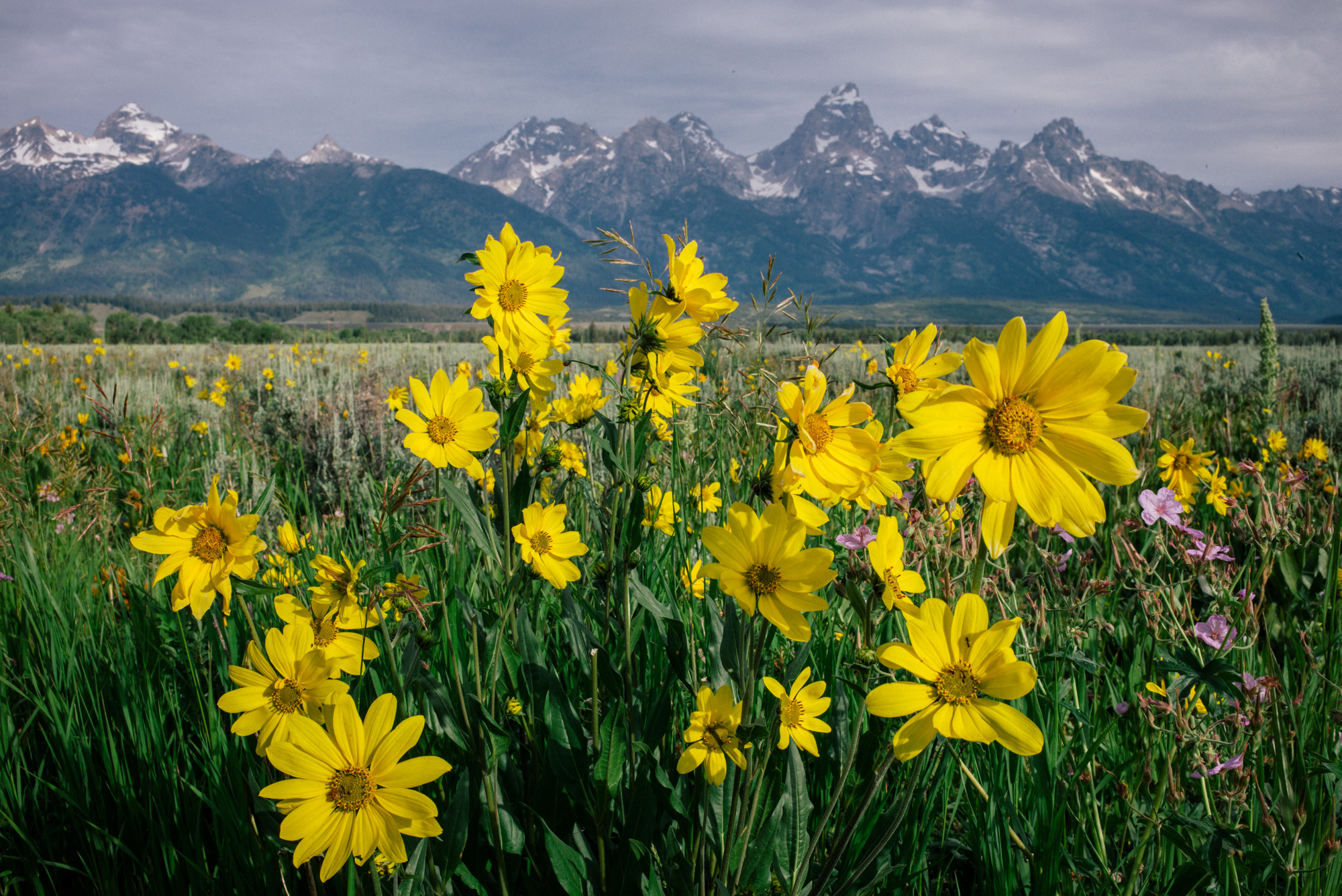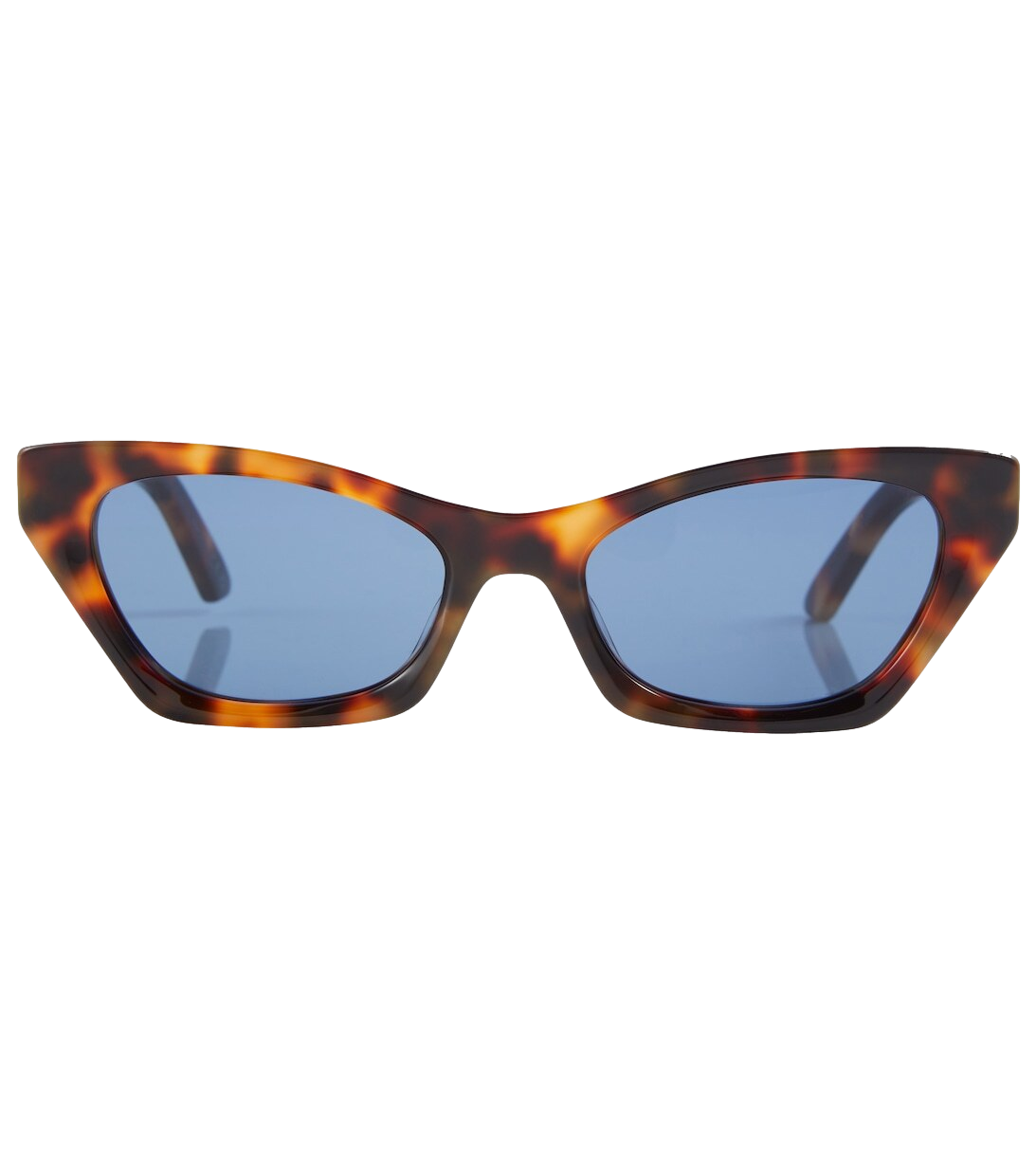We’ve received endless requests from readers wanting us to share our editing process for blog photos and up until now, we’ve never published any topics about it because we assumed people would be underwhelmed by the process. The truth is, we hardly touch our images. This is because we believe in capturing the absolute best image through the camera, as this saves a ton of time later and simply produces the best quality image. But, that doesn’t mean I don’t go in afterwards and tweak them slightly to give the tones and look of the “real” thing in person. Sometimes a camera does not do a place justice. So, here is my process…
After going through a selection process that gets rid of 60-70% of all of our images, we put on a VSCO film for Lightroom, normally Kodak Portra 160 VC- from VSCO Film Pack 2 (probably the most versatile of all of the packs). If you are unfamiliar with VSCO Film Packs for Lightroom, they are collections of Lightroom presets that automatically adjust the colors and tone curves to match the profile of popular types of real film. What’s great about these film packs is that they give your photography a distinguished look. When we first bought all of the VSCO packs we spent hours narrowing down to find our favorite film. We nearly went blind trying to pay close attention to the subtle details between films. An added bonus is that if you shoot on multiple cameras it helps give the same look across cameras. Only a trained eye may be able to tell the difference between our photos from our Sony RX1RII and our Leica M-P 240.
Once the preset is used, we’ll make adjustments to Exposure, Highlights and Shadows to get the light just right. I’ll up the Black just a bit to give it an extra pop. As far as color, I’ll balance out the Tint more towards the pink, our camera normally has a slight green tint anyways so this counteracts it. White Balance is normally pretty accurate, but I often make a slight adjustment depending on whether I think the photo should be warmer (more orange/yellow) or cooler (more blue). Depending on the scene, I often bump up Vibrance just a bit. If the photo needs it, I’ll rotate it.
After editing the remaining 30% of the good images, we’ll run through a second selection process to reduce even more images that have noticeable flaws, such as a weird look on my face between poses. This cuts the number of remaining images in half, leaving about 10-15% of the original photos that we shot. Next, we’ll go into WordPress (the platform we use to run juliaberolz.wpengine.com) and upload the images. Since we have a custom layout design on our blog, it takes a bit of time to select the images for the final post. Once the layout of the post starts to come together, it’s much easier to select the final images.
In a future GMG Now Quick Read, I’ll touch on how and when I edit photos on my iPhone.





 We have reimagined our brand and blog for a better future. Stay in the know.
We have reimagined our brand and blog for a better future. Stay in the know.